Home » Grouse Species » Spruce Grouse Hunting » Spruce Grouse Hunting In Alaska
Spruce Grouse Hunting In Alaska
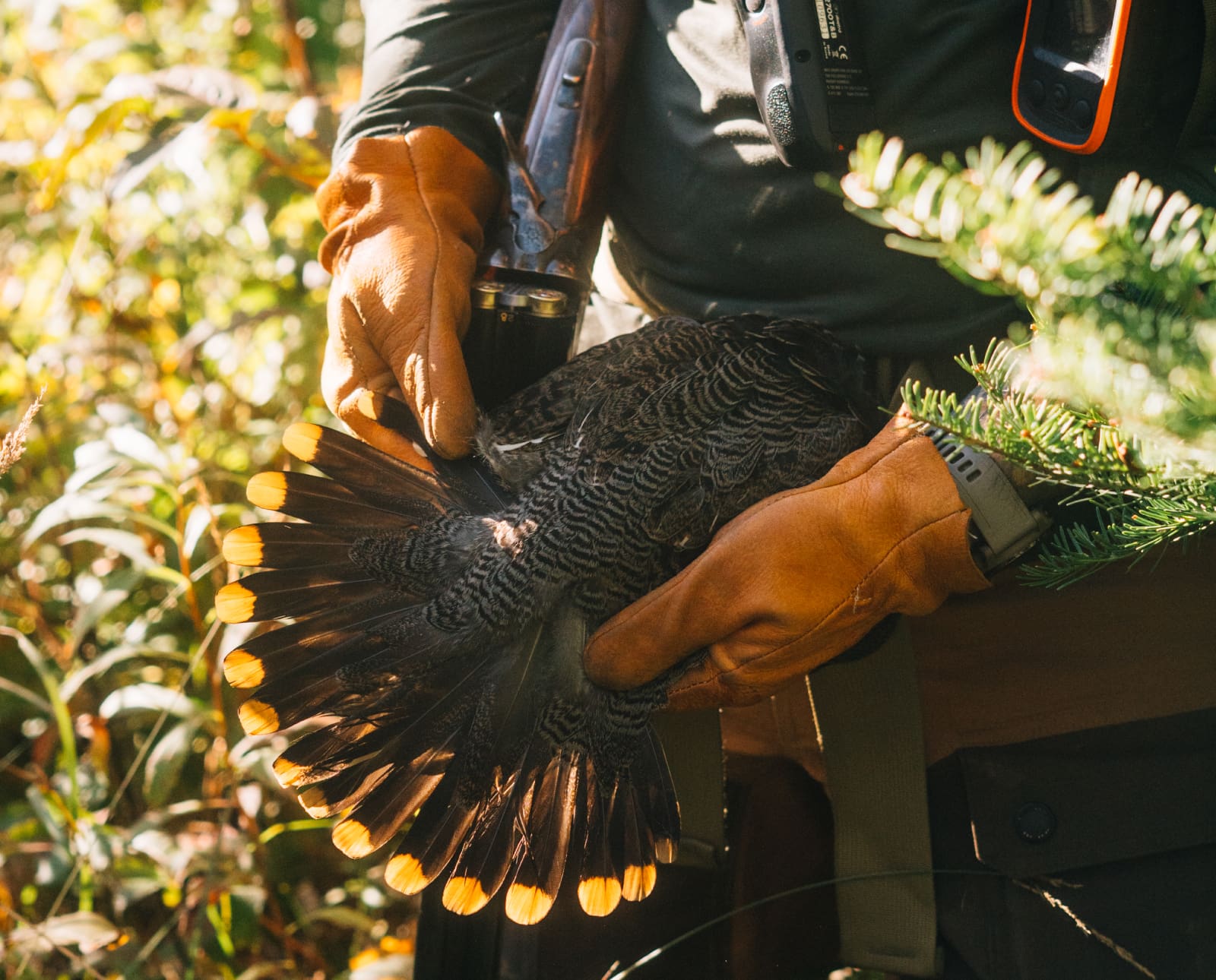
Scott Johnson is a first generation hunter with a lifelong…
Building a new reputation for the overlooked and underrated spruce grouse.
Spruce grouse are not often–if ever–regarded as the King of the Uplands. They suffer a perception forced upon them by those of us accustomed to pursuing ruffed grouse, ring-necked pheasants, sharp-tailed grouse, chukar, or any of the various quail species that inhabit our countrysides. They are renowned for their dim-wittedness, weak flush, and poor culinary experience. They’ve even earned the nickname “Fool Hen,” a moniker that is both well-earned and undeserved.
Listen to more articles on Apple | Google | Spotify | Audible
Spruce grouse are so prevalent in Alaska that it can be easy to assume a person can simply go out and shoot one. I know because I’ve set out with that mindset and returned with empty game bags. They may not be the greatest challenge presented to an upland hunter, but if you don’t give them their due diligence, they can easily have you leaving the woods with spent shells and unanswered questions.
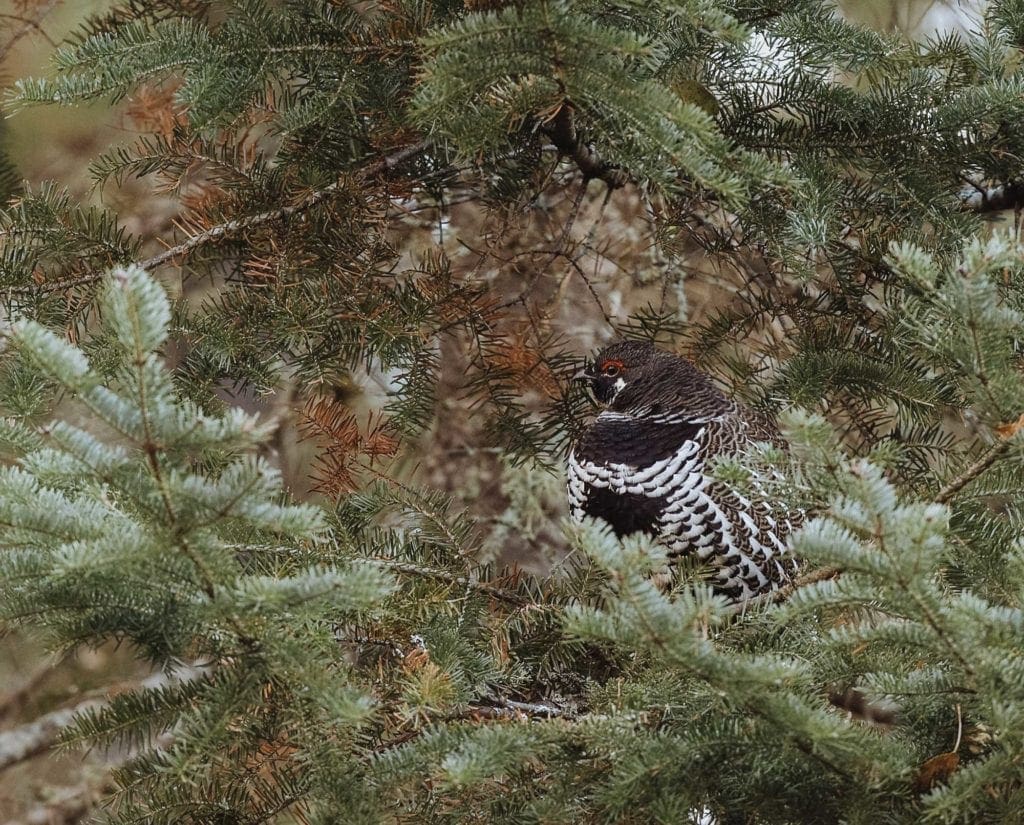
Locating Alaskan Spruce Grouse Cover
When you’re searching for spruce grouse in Alaska, change how you look at grouse cover in a drastic way. As upland hunters, most of us see the world as merely grouse country and open country. Spruce grouse, as their name implies, most often gravitate to the incredible expanse of black spruce trees in the Last Frontier. Alaska’s landscape is vast, and its abundance of habitat can also mean an over-abundance of habitat. Searching for proper spruce grouse habitat will quickly lead you to an impenetrable sea of black and white spruce, speckled with intermittent muskegs and wildfire scars.
Expansive swaths of black spruce rarely feature old two-tracks you can follow. Instead of cruising along a cleared path, you’re left to hunt through the wilderness as it presents itself. It becomes imperative to follow the terrain that is given to you. Follow the water sources, the clearings, the natural tree lines, and cover breaks, as those will bring you to where the birds want to be. All upland birds need a water source, and the clearings provide sunlight for warmth and food growth throughout the seasons. Spend the entire day busting through brush, and you’re likely to end up tired, covered in thorns, and grumbling about how hunting these birds was supposed to be easy.
Spruce Grouse On The Wing
When you do find spruce grouse, don’t take the shot for granted. They are not as powerful a flyer as a ruffed grouse or pheasant, but their cover protects them so effectively that they don’t need to be. They will often take to wing with the intent of getting into the canopy limbs of their boreal homes. If they make it up there, they might as well be ghosts.
On the wing, spruce grouse are curveballs. Like any forest-dwelling grouse, they have broad tail fans that allow them to change direction in an instant. They’ll fly, dodge, and twist through the conifers, presenting only narrow shot windows as they make for the trees and settle into out-of-reach hiding spots. It’s common for broods to stay together well into the fall season, so any flush could also have you trying to sort out a target from a covey as they all disappear into the Alaskan wilderness.
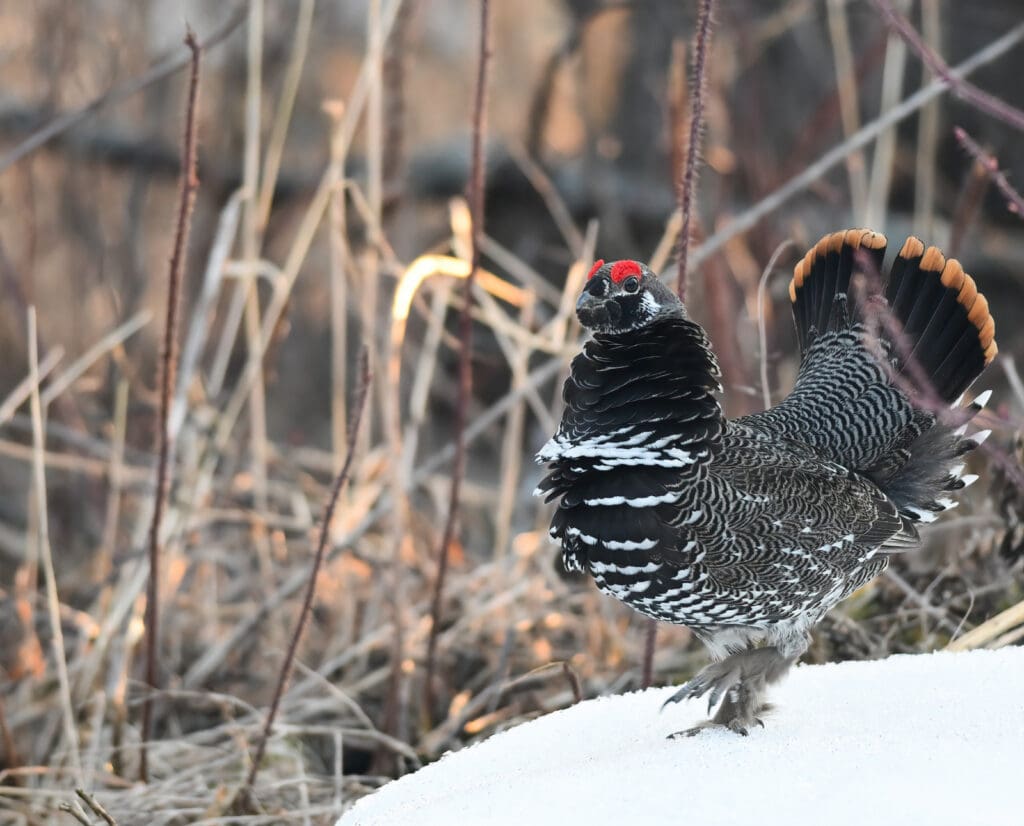
Spruce Grouse Diets And How They Impact Flavor
The culinary perception of spruce grouse exists in a dichotomy similar to pursuing them. While some say that spruce grouse are outright inedible, others claim they are as enjoyable as any other upland game. In fact, both parties are correct; spruce grouse flavor depends on the time of year when you harvest one.
In the summer and early fall, spruce grouse feed heavily on flowers and green-leafed plants. They quickly transition to berries as they ripen in early fall. A spruce grouse taken during this time is a fine bird for the table. Birds living in sub-alpine areas thick with wild blueberries have a delightfully subtle berry overtone to their meat.
Once snowfall eliminates berries as a food source, spruce grouse quickly transition to eating spruce needles. This is where their poor-eating reputation stems from. A bird feeding on spruce needles will not be as universally delectable as a berry-fed bird and requires a keener talent in the kitchen to be enjoyable.
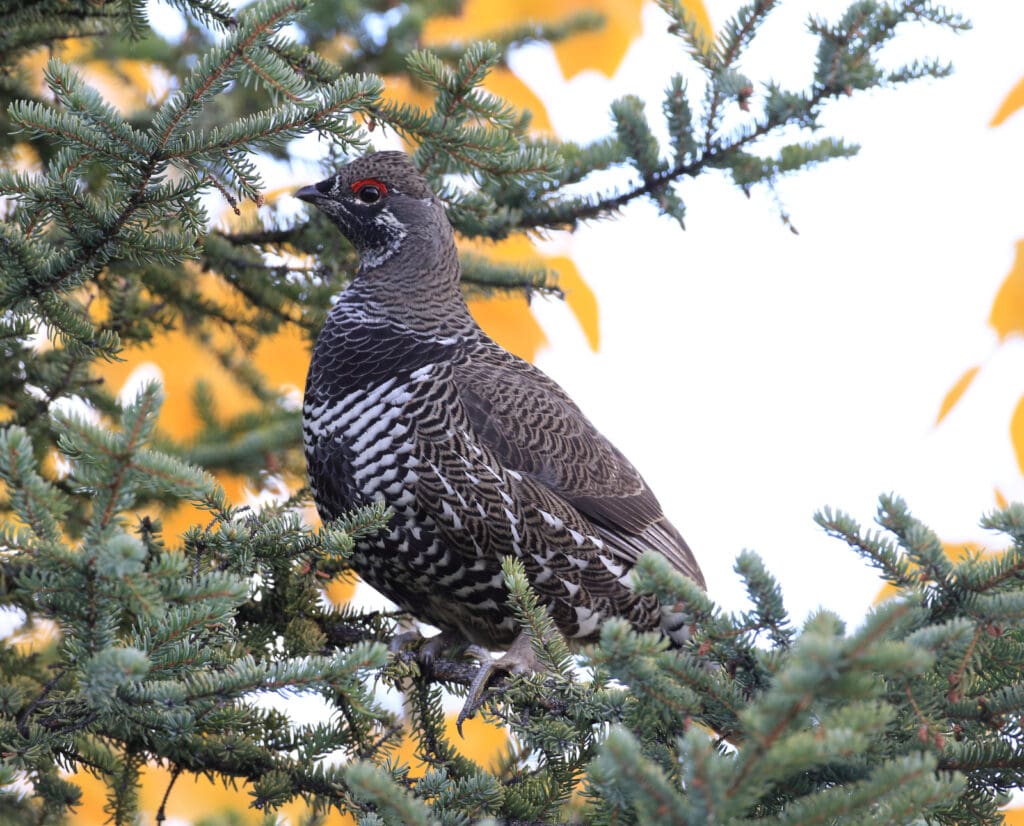
Upland Bird Hunting In Alaska Is Worth Experiencing
Alaska exists in the upland hunter’s world as a land of plenty. It’s an incredibly long way away from the rest of the country, and many hunters wish to spend time in the last frontier, reveling in its abundant public land, liberal limits, and the wide variety of species available. Those very reasons are how I ended up here after two years of traveling and hunting across the country.
For the upland hunter with ambition, Alaska holds ruffed grouse, sharp-tailed grouse, sooty grouse, spruce grouse, willow ptarmigan, white-tailed ptarmigan, rock ptarmigan, and even snipe. You can’t find every species in one day, but you can certainly encounter two or three in a single outing. Amongst that list, the spruce grouse is burdened with the lowest esteem, but should you make it to the last frontier, don’t overlook them. They’re a fun bird to hunt, and they’ll likely give you more of a challenge than anticipated, even if they aren’t the King of the Uplands.
Scott Johnson is a first generation hunter with a lifelong passion for the outdoors. Originally a fisherman and grouse hunter from Norther Minnesota, he spends his seasons traveling across the country in search of upland birds and waterfowl with his beloved labrador Watson. He hunts and lives out of a converted van that he purpose built for his pursuits, and can be found anywhere from the Midwest to the deserts of Arizona, and as far north as Alaska.

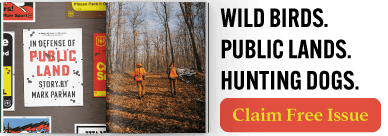

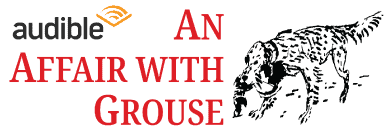
I’m from the Spruce Grouse Antidefamation League, and I think this article does not go far enough in tackling the unfair and untrue myths that have been slandered against our precious Spruceys! #SpruceLife
Wonderful article! A well experienced hunter giving a nice overview.
I’ve been working with this species for almost 20 years as a biologist and I have been thwarted many a day by this bird. I’ve been stabbed, bitten, poked in the eye, and buried in the spruce bogs looking for this critter. It’s still my favorite animal and in my opinion, it reins as king. No living creature equals in its ability to disappear into a canopy or sail to the ground and vanish like a puff of smoke. I’ve stood beneath trees that this bird has alighted scratching my head more than a ten times on a hundred days. It is so nice to see an article like this. Long live spruce grouse! #SpruceLife
I spent two summer seasons in Alaska working as the PGA Director of Golf at North Star Golf Course in Fairbanks. Being a professional chukar hunter in Idaho I can attest to the wildness of Alaska and the wildness of hunting upland birds in the vast expanse of terra found there. The interesting factor in upland bird hunting in AK is that you become the prey too!
Being an upland bird hunter in Alaska for over 45 years the Spruce hens can humble a guy if you only shoot on the fly. Most spruce hens are shot sitting because of the thick cover once they fly it becomes a real challenge to hit them. Ruff grouse in thick cover pose the same challenge. Some times the spruce hen will fly up to a tree branch if jumped off the ground and that is when most are taken.
Alaskans call them Fools chicken, spruce hens, other derogatory names.
This article is good representation of Alaskan upland and hunting the spruce grouse, well done.
Thanks for supporting spruce grouse as proper table fare and fair chase game birds, Scott. I couldn’t agree more. Happy spruce hunting.
I live in northwestern Ontario where spruce grouse are common, but not as abundant as ruffed grouse. In my area, spruce grouse are much more likely to be found in stands of Jack pine, not spruce. They are very tasty well into October. Interestingly, their heart is at least twice the size of a ruffie (and also tasty!).
Four years of hunting spruce grouse was great fun, they held for point, and early season bird were good to eat. Winter one’s not so much.
Many hunted them on the road at first light while they graveled, not very sporting, though meat was their objective and they missed out on very good sport in the bottoms.